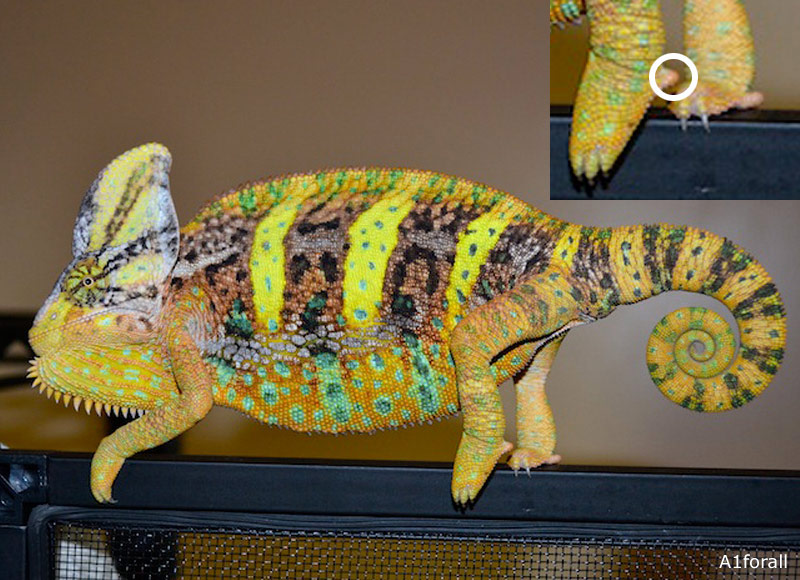
Most reptiles sold are not in the correct environments in most stores. Your newer and you take it all to heart still. But getting caught up in the crap of it all does nothing but upset you. You do for yours and you do your best to pass on correct info to others. It is the persons job to make sure they are properly caring for the life they have chosen to care for. The truth is it is not their job to fully educate someone. Too many people that sell chams and don't give people the correct info. Too many Youtubers that are all about their fame and passing on incorrect info. Too many sources for incorrect husbandry out there. When you buy a Veiled chameleon from us, you automatically receive our 100 live arrival guarantee. I am sure you did not feel confident or educated when your cham suddenly had tons of babies? 95% of the people getting into the hobby are not educated properly. They just think they are good.Ībuse of animals comes in all forms. Look at people that get a puppy off craigslist. So if you happen to know basic, kinda foggy genetics, or are an expert geneticist with some epic degrees in reptile biology.Click to expand.Your newer and you take it all to heart still. I am happy with any information i can get.
#ADULT TRANSLUCENT VEILED CHAMELEON FREE#
This is a thrilling subject for me and seeing as i do plan on breeding my veils, its not totally random! Also, feel free to pitch in with genetics on other species of chameleons. This is the perfect Veiled Chameleon to buy for a display animal for your zoo or your pet store. Does anyone know some basic chameleon genetics? We offer a few select Adult Veiled Chameleons for sale for those of you who don’t want to grow a veiled chameleon up. So, now after having to read through all that, what is your opinion? Does that make reasonable sense? More importantly, going back to my original question. Now, my question is, What are the Dominant/ Recessive genes of veiled chameleons?īreeders, Have you seen any patterns forming in your babies? I had briefly talked to someone about genetics in chameleons and this is how they explained it to me.īreeding a High end Translucent Veiled Chameleon with a High end Translucent Chameleon would result in roughly the following varieties of babies.īreeding a High end Translucent Veiled Chameleon with a Low end Translucent Veiled Chameleon would result in roughly the following varieties of babies.īreeding a High end Translucent Veiled Chameleon with a regular Veiled Chameleon would result in roughly the following varieties of babies.īreeding a Low end Translucent Veiled Chameleon with a Low end Translucent Veiled Chameleon would result in roughly the following varieties of babies.īreeding a Low end Translucent Veiled Chameleon with a Regular Veiled Chameleon would result in roughly the following varieties of babies.īreeding a Veiled Chameleon with a Veiled Chameleon would result in roughly the following varieties of babies. This is an album containing pictures of my High Translucent Veil. The purpose of this casque is to help the chameleon store fat and collect moisture.



The veiled chameleon gets its name from a casque protruding from its head, which vaguely resembles a shark fin. Now, as we've all probably seen by now, there is at least one "morph" of the Veiled Chameleon, The Translucent/Transbald Veiled chameleon. Veiled chameleons, or cone-headed chameleons, are a type of lizard originating on the Arabian Peninsula. To make this simple i have decided to narrow it down into probably one of the most well known, and most widely owned chameleon species, Chamaeleo Calyptratus AKA the Veiled Chameleon. To make this simpler, lets narrow this down to one species: Chamaeleo Calyptratus.įor weeks now i have been pondering the dominant and recessive genes of the various chameleons inhabiting this planet. To make this simpler, i'll put questions in this color. Alright, I've been thinking about this for a long time now, and finally i have some time to sit down and think this out.


 0 kommentar(er)
0 kommentar(er)
